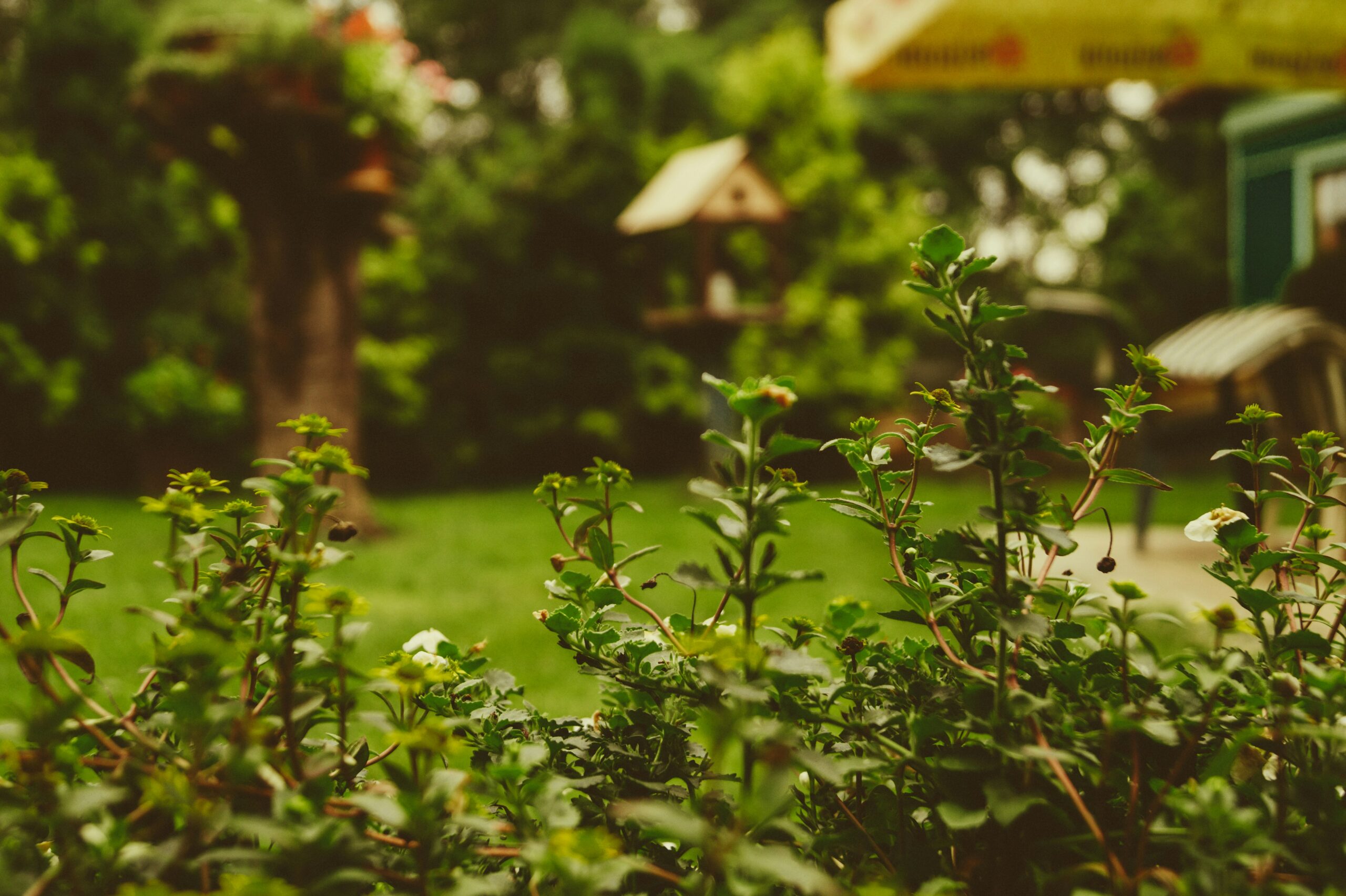Imagine walking into your backyard, breathing in the fresh air, and harvesting ripe, chemical-free tomatoes for your evening salad. This is the essence of organic gardening—a sustainable, rewarding way to grow your own food while nurturing the planet. Organic gardening is more than just a trend; it’s a lifestyle choice that avoids synthetic fertilizers and pesticides, embracing natural methods to cultivate thriving plants. Whether you’re a beginner with a small balcony or an experienced gardener with acres of land, this guide will take you through everything you need to know to succeed in organic gardening. From its benefits to practical steps and troubleshooting tips, this article—spanning over 2000 words—will equip you with the knowledge to start your organic journey today.
What Is Organic Gardening?
Organic gardening is the practice of growing plants—vegetables, fruits, herbs, or flowers—without relying on synthetic chemicals. Instead, it uses natural processes and materials like compost, manure, and beneficial insects to maintain soil health and control pests. The core philosophy is simple: work with nature, not against it. This means fostering a balanced ecosystem where plants, soil, and wildlife thrive together.
In today’s world, where industrial agriculture often prioritizes yield over sustainability, organic gardening stands out as a way to reduce environmental harm and produce healthier food. It’s about more than just avoiding chemicals; it’s about building a connection to the earth and taking responsibility for what we eat. Ready to dig in? Let’s explore why organic gardening is worth your time and effort.
The Benefits of Organic Gardening
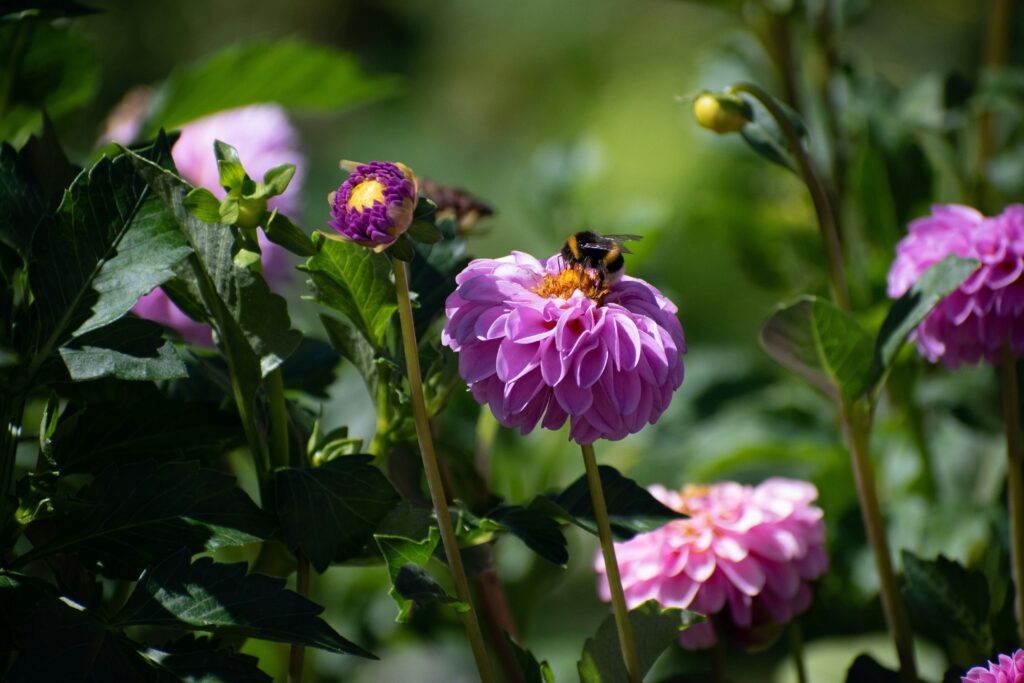
Organic gardening offers a wealth of advantages that extend beyond your garden beds. Here’s why it’s a game-changer:
Environmental Benefits
- Reduced Chemical Runoff: Synthetic pesticides and fertilizers often wash into rivers and streams, harming aquatic life. Organic methods keep waterways clean.
- Soil Health: By adding organic matter like compost, you boost soil structure and microbial activity, creating a living, breathing foundation for your plants.
- Biodiversity: Avoiding chemicals protects pollinators like bees and butterflies, while encouraging beneficial insects like ladybugs that naturally control pests.
- Carbon Sequestration: According to the Rodale Institute, organic practices can sequester up to 1,000 pounds of carbon per acre annually, helping combat climate change.
Health Benefits
- Chemical-Free Food: Growing organically means your produce is free from synthetic residues linked to health issues like allergies or chronic diseases.
- Nutrient-Rich Harvests: Studies suggest organic crops often have higher levels of antioxidants and vitamins due to healthier soil.
- Mental Well-Being: Gardening reduces stress and boosts mood—pair that with the satisfaction of eating your own harvest, and it’s a win-win.
Economic Benefits
- Cost Savings: While you might spend a little upfront on tools or compost, growing your own food cuts grocery bills over time.
- Self-Sufficiency: A steady supply of fresh produce reduces reliance on expensive store-bought organics.
Personal Rewards
- Sense of Achievement: There’s nothing like watching a seedling you nurtured turn into a bountiful plant.
- Connection to Nature: Organic gardening invites you to slow down, observe, and appreciate the natural world.
With these benefits in mind, let’s move on to the practical steps to get your organic garden growing.
How to Start an Organic Garden
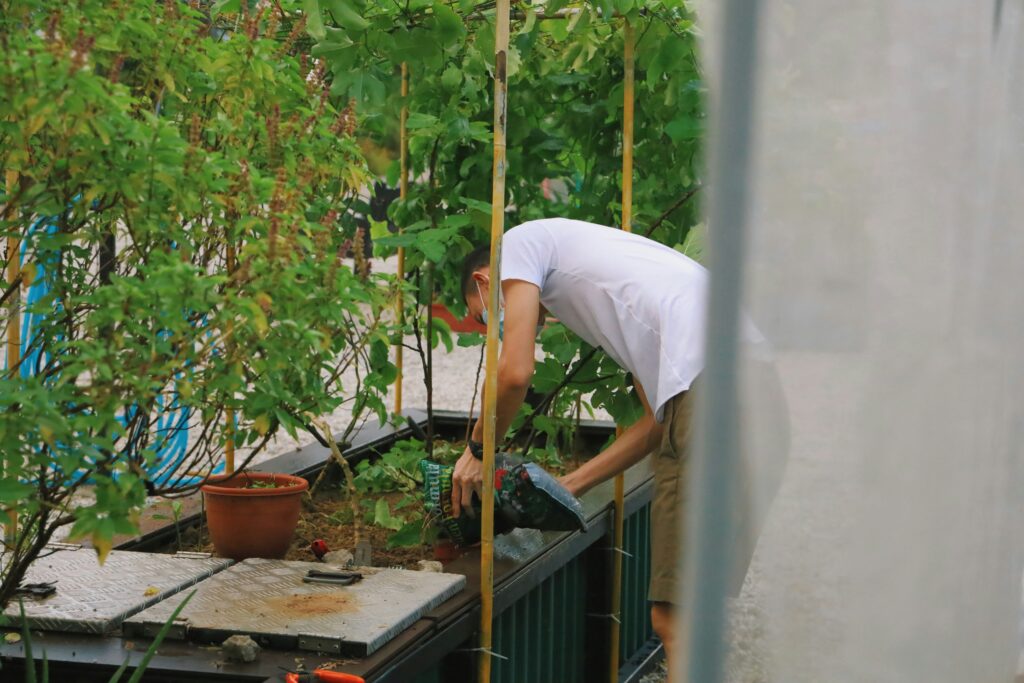
Starting an organic garden doesn’t require a green thumb—just a willingness to learn and a bit of planning. Here’s how to begin:
Step 1: Choose the Perfect Location
- Sunlight: Most edible plants need 6-8 hours of direct sun daily. Observe your space to find the sunniest spot.
- Drainage: Avoid low-lying areas where water pools. Raised beds can help if your soil doesn’t drain well.
- Accessibility: Pick a spot close to a water source and easy to reach for daily care.
Step 2: Prepare the Soil
Healthy soil is the backbone of organic gardening. Here’s how to get it ready:
- Test Your Soil: Use a home test kit or local extension service to check pH (aim for 6.0-7.0) and nutrient levels.
- Amend Naturally: Add organic matter like compost, aged manure, or leaf mold to improve fertility and texture. For acidic soil, sprinkle lime; for alkaline soil, add sulfur.
- Loosen Up: Dig or till the soil to about 12-18 inches deep to help roots grow strong.
Step 3: Select Your Plants
- Match Your Climate: Choose varieties suited to your region’s weather and growing season. Check your USDA Hardiness Zone for guidance.
- Start Simple: Beginners can try hardy plants like:
- Tomatoes (e.g., ‘Cherry’ or ‘Roma’)
- Lettuce (e.g., ‘Butterhead’ or ‘Romaine’)
- Herbs (e.g., basil, parsley, mint)
- Organic Seeds or Seedlings: Opt for certified organic options to stay true to the method.
Step 4: Master Composting
Compost is your garden’s goldmine. Here’s a quick guide:
- What to Use: Combine “green” materials (e.g., veggie scraps, grass clippings) for nitrogen and “brown” materials (e.g., dry leaves, cardboard) for carbon.
- What to Avoid: Skip meat, dairy, or oily foods to prevent pests and odors.
- How to Do It: Pile materials in a bin or heap, keep it moist like a wrung-out sponge, and turn it every few weeks. In 2-6 months, you’ll have dark, crumbly compost.
Step 5: Control Pests Naturally
Prevention is key in organic gardening:
- Companion Planting: Pair plants like marigolds with tomatoes to repel pests, or garlic with roses to deter aphids.
- Beneficial Insects: Attract ladybugs (aphid eaters) or lacewings with flowers like dill or yarrow.
- DIY Solutions: Spray neem oil or a garlic-soap mix for minor infestations.
With your garden set up, let’s talk about keeping it thriving.
Maintaining Your Organic Garden
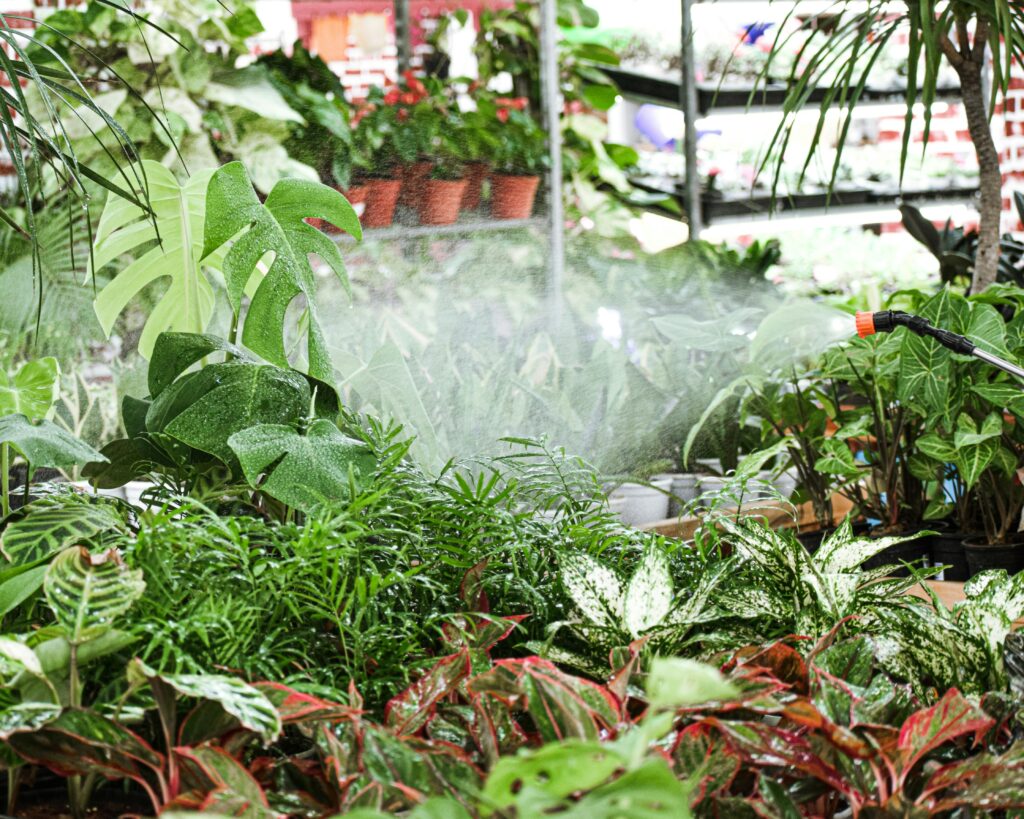
A successful organic garden requires consistent care. Here’s what to focus on:
Watering Wisely
- Deep and Infrequent: Water thoroughly to encourage deep roots, but let the soil dry slightly between sessions.
- Timing: Water early in the morning to minimize evaporation and disease risk.
- Tools: Use drip irrigation or soaker hoses to save water and target roots directly.
Weeding Effectively
- Mulch Magic: Spread 2-3 inches of organic mulch (straw, wood chips, or grass clippings) to smother weeds and retain moisture.
- Hand-Pulling: Pull weeds when the soil is damp—they’ll come out easier, roots and all.
Pest and Disease Monitoring
- Daily Checks: Look for signs like chewed leaves, spots, or wilting. Early detection is crucial.
- Organic Fixes: Remove affected parts, improve airflow, or use remedies like baking soda spray for fungal issues.
Seasonal Care
- Spring: Start seeds indoors, prep beds, and plant cool-season crops like peas.
- Summer: Harvest regularly, water more, and mulch to beat the heat.
- Fall: Sow cover crops (e.g., clover) to enrich soil, and clean up debris.
- Winter: Protect perennials with mulch, plan next year’s layout, and sharpen tools.
Climate Adaptation
- Hot Areas: Use shade cloth for delicate plants and water twice daily during heatwaves.
- Cold Regions: Extend the season with cold frames or row covers for frost protection.
Overcoming Common Challenges in Organic Gardening
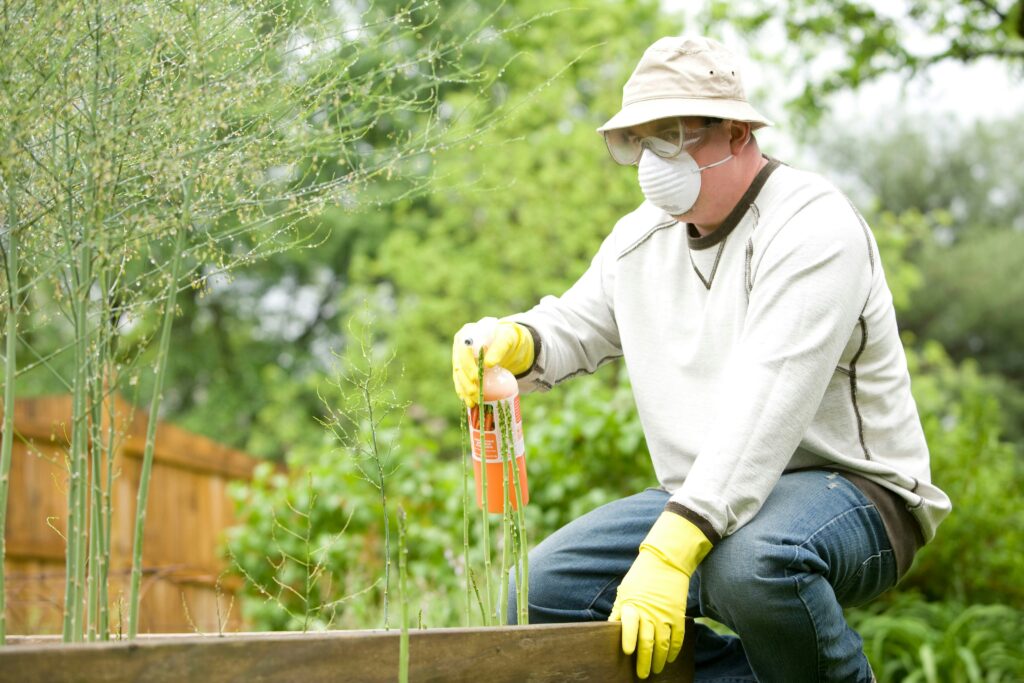
Every gardener faces hurdles, but organic solutions can tackle them all. Here’s how:
Pest Management
- Barriers: Cover plants with lightweight row covers to block insects.
- Traps: Set beer traps for slugs or sticky traps for flying pests.
- Predators: Release ladybugs or praying mantises to eat aphids and caterpillars.
Soil Fertility
- Crop Rotation: Move plant families (e.g., tomatoes, beans) to new spots each year to prevent nutrient drain.
- Green Manures: Grow legumes like peas to fix nitrogen naturally.
- Boosters: Top-dress with compost or organic fertilizers like kelp meal.
Weather Woes
- Drought: Install rain barrels to store water and mulch heavily.
- Heavy Rain: Build raised beds or trenches to divert excess water.
- Wind: Plant windbreaks like shrubs or use stakes for tall crops.
Space Constraints
- Containers: Grow in pots or grow bags on patios or balconies.
- Vertical Growth: Train vines like cucumbers up trellises or fences.
Time and Effort
- Low-Maintenance Picks: Opt for perennials like asparagus or herbs like thyme.
- Efficiency: Automate watering with a timer and mulch to cut weeding time.
Organic Gardening for Beginners
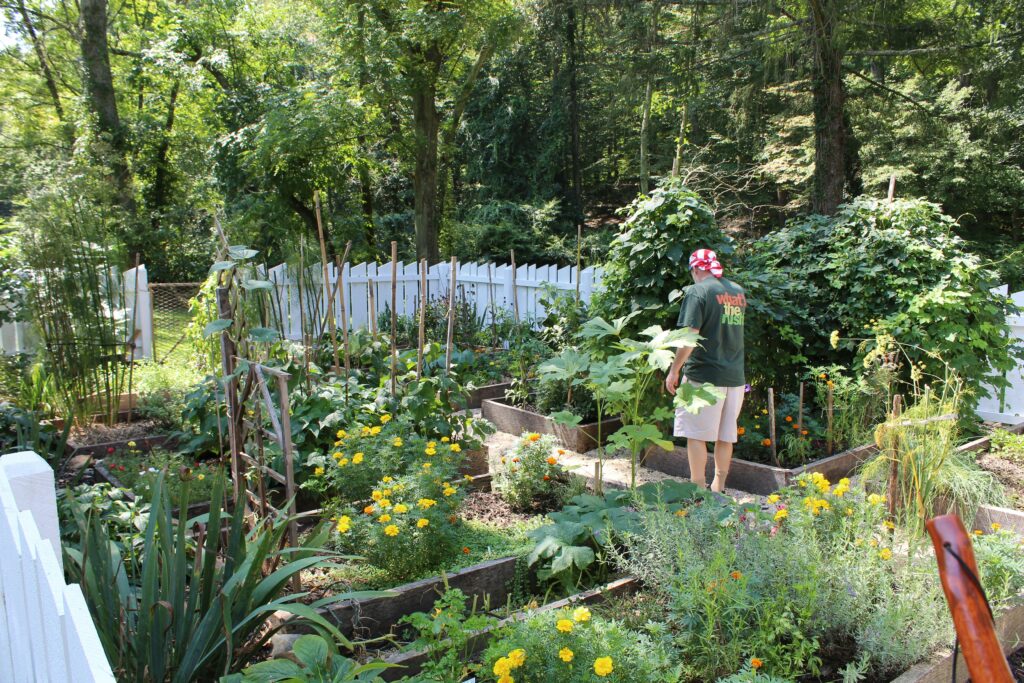
New to gardening? Start small and grow your skills:
- Tiny Plot: A 4×4-foot bed is perfect for learning without overwhelm.
- Easy Wins: Plant radishes (ready in 3-4 weeks) or spinach for quick rewards.
- Mistakes Are Okay: If a plant dies, note why and try again—gardening is a journey.
Urban Organic Gardening
No yard? No problem:
- Balcony Beds: Use large pots for tomatoes or peppers.
- Windowsills: Grow herbs like cilantro indoors with good light.
- Community Plots: Join a local garden for shared space and knowledge.
Tools and Resources for Success
Equip yourself with these essentials:
- Must-Have Tools: Gloves, trowel, pruning shears, and a watering can.
- Books: “Rodale’s Basic Organic Gardening” by Deborah L. Martin.
- Online: Visit OrganicGardening.com for tips and forums.
- Local Help: Contact your agricultural extension for free advice.
Conclusion: Your Organic Adventure Awaits
Organic gardening is a journey of growth—for your plants and yourself. It’s about creating a sustainable haven that feeds your body and soul while caring for the earth. Start with a single pot or a sprawling plot—whatever fits your life. Experiment, learn, and savor the rewards of chemical-free harvests. What will you plant first? Share your plans or questions below—let’s grow together!

